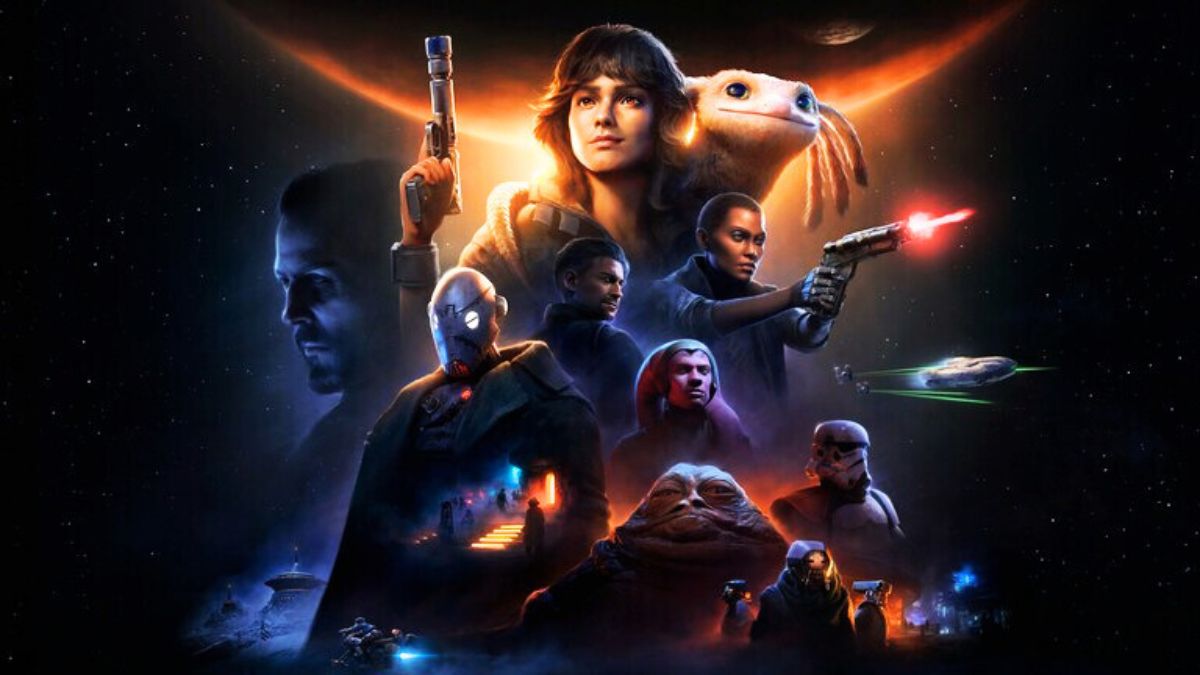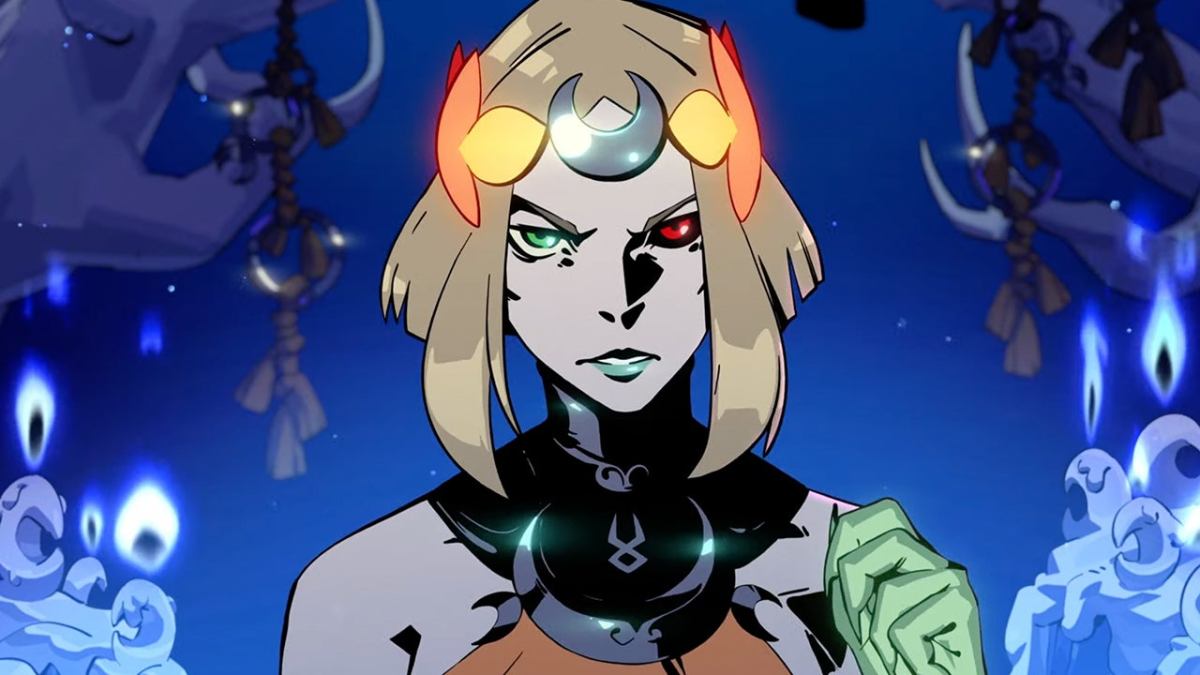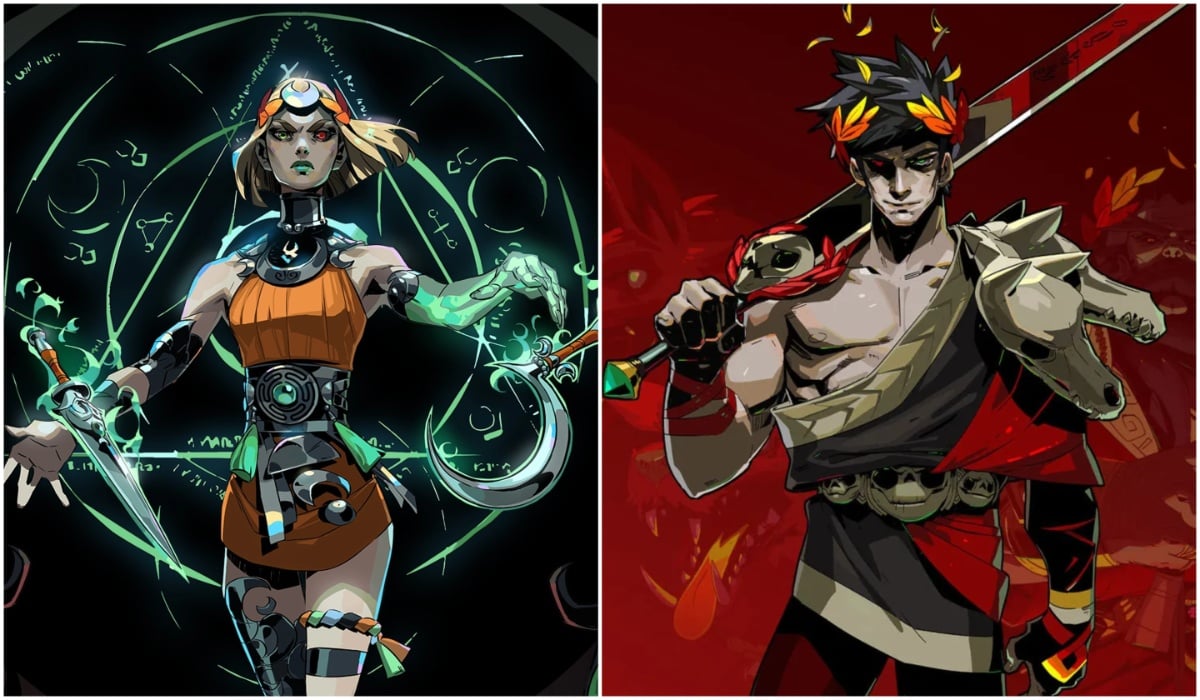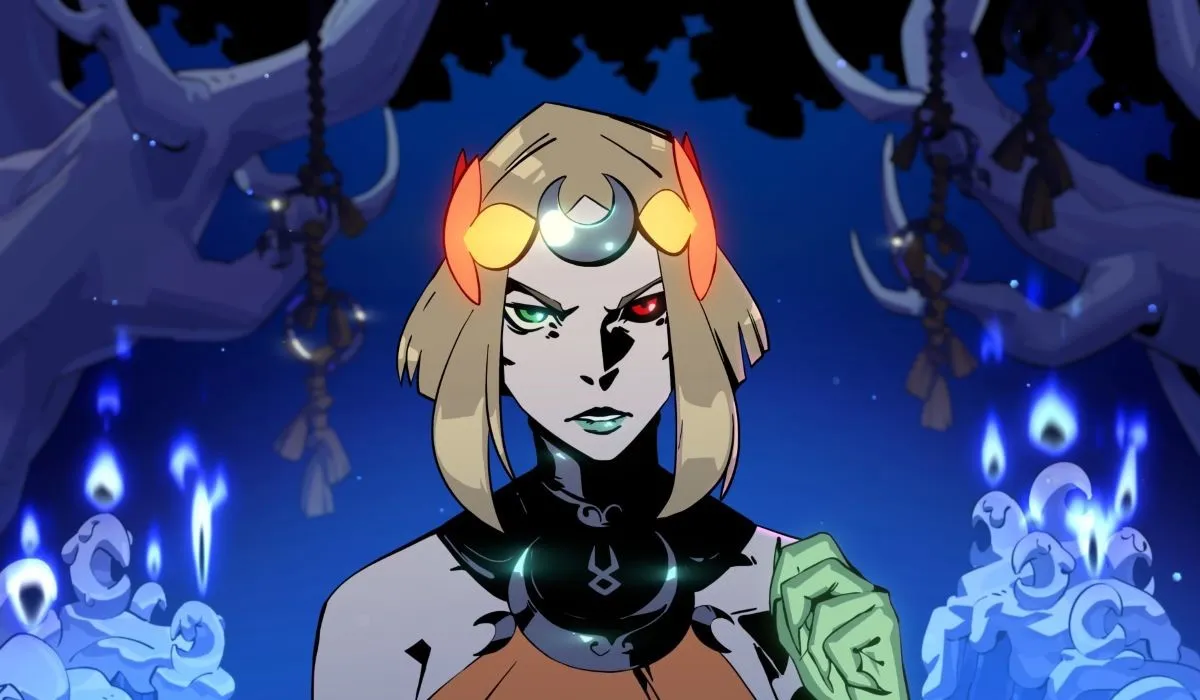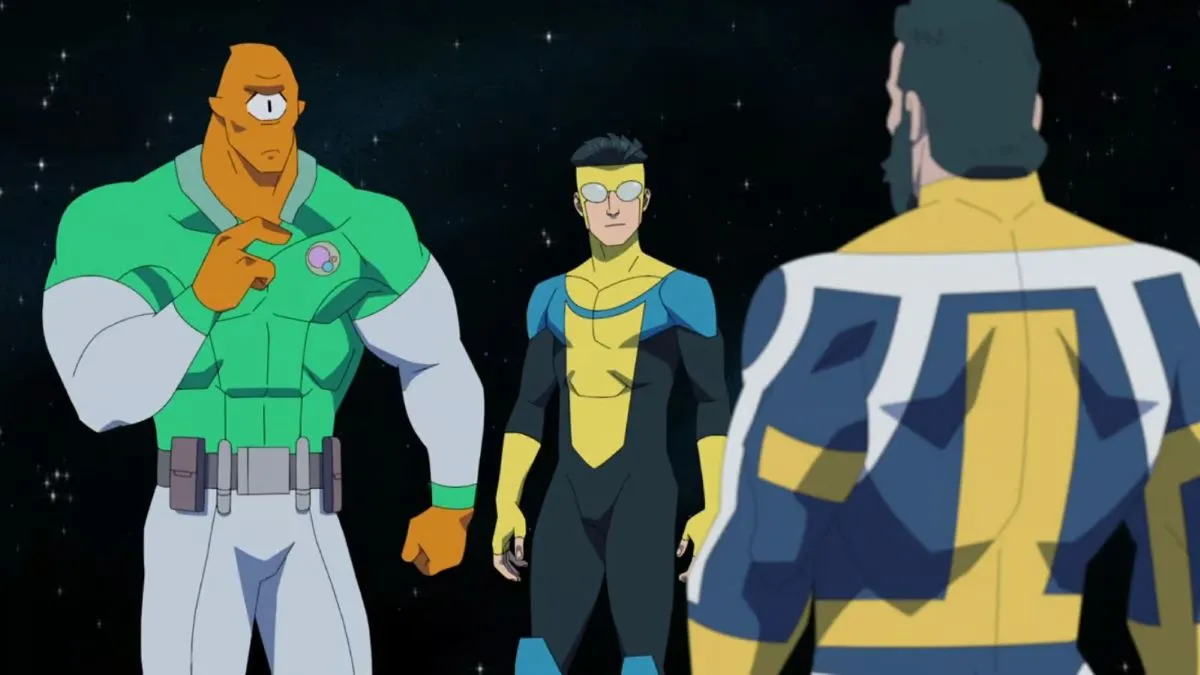With the release of a third generation Wii Remote containing features that should’ve been in the controller the first or second time around, Nintendo continues a longstanding company tradition that many fans may not associate with the famed developer: Being stubborn.
From gamers to non-gamers, “Nintendo” is a household name across the world. Just about everyone can at least identify Mario if given a picture of a fat dude with a big mustache in red overalls. The venerable brand has a storied history full of wonderful ups and terrible downs. Nintendo has left many a legacy, from the success of portable gaming, popularizing the analog stick and force feedback controllers, and even bringing gaming to a much wider audience.
But Nintendo is very, very stubborn. Sometimes detrimentally so, even once bringing themselves to the brink of destruction. Some of it is respectable, born out of trying to maintain a family friendly image and provide universally friendly content, but some of it is inane and obnoxious, seemingly born out of industry vets and old men stuck in their old ways.
Censorship
During the early days of Nintendo, back when “bits” were a thing widely related to the quality of games, Nintendo of America had an absolutely tyrannical censorship policy regarding game content. They wouldn’t approve games for publication on their system if any of the following guidelines were broken:
- Cannot include sexually suggestive or explicit content including rape and/or nudity.
- Cannot contain language or depiction which specifically denigrates members of either sex.
- Cannot depict random gratuitous and/or excessive violence.
- Cannot depict graphic illustration of death.
- Cannot depict domestic violence and/or abuse.
- Cannot depict excessive force in a sports game beyond what is inherent in actual contact sports.
- Cannot reflect ethnic, religious, nationalistic, or sexual stereotypes of language; this includes symbols that are related to any type of racial, religious, nationalistic, or ethnic group, such as crosses, pentagrams, God, Gods (Roman mythological gods are acceptable), Satan, hell, Buddha.
- Cannot use profanity of obscenity in any form or incorporate language or gestures that could be offensive by prevailing public standards and tastes.
- Cannot incorporate or encourage the use of illegal drugs, smoking materials, and/or alcohol (Nintendo does not allow a beer of cigarette ad to be placed on an arena, stadium or playing field wall, or fence in a sports game.
- Cannot include subliminal political messages or overt political statements.
The reasoning behind these rules makes sense, but taken together, they’re a bit much: This is censorship much stricter than what was already regularly on television and in film. These rules led to one of Nintendo’s first acts of stubbornness that damaged their brand: The 1992 release of the fighting game Mortal Kombat on the Super Nintendo Entertainment System.
Mortal Kombat was a humongous success in the arcades and most console gamers wanted Mortal Kombat in their own home. When the time finally came, Nintendo refused to allow blood to be depicted in the game, forcing what was essentially red-colored splats to be changed to grey-colored splats, signifying sweat. They also removed the main selling point of Mortal Kombat, the gory and graphic “fatalities.” As gamer knows, Mortal Kombat isn’t Mortal Kombat without kicking someone’s head off or ripping their heart out, which is why the Sega Genesis version of the game became a monster success, leaving the SNES version an embarrassing failure. The SNES and Sega Genesis became, in no small part due to the Moral Kombat fiasco, the closest fought console war in the gaming industry’s history to date. This was also the beginning of the much acknowledged sentiment that Nintendo only made “kiddy” games, leaving gamers who wanted more substance or more mature themes to jump ship throughout the company’s history, a practice that still happens with resounding frequency to this very day with Nintendo’s Wii and their PlayStation 3 and Xbox 360 counterparts. They even went so far as to “kiddy up” the NES version of DuckTales.
Sure, the constricting censorship was only really one overall act of stubbornness, and though misguided even though it was born out of a positive sentiment, Nintendo didn’t learn its lesson right then and there, going on to perform an act of stubbornness that nearly led to the company’s downfall and exit from the video game market.
How Nintendo accidentally created PlayStation
As we previously discussed, Nintendo was in a partnership with Sony to create a CD-ROM based attachment to their SNES, but when Nintendo broke its partnership with Sony over continually refusing a financial proposal from Sony regarding the revenue from the sale of CD-ROMs, Sony eventually regrouped and created the PlayStation, a brand that embraced the mature themes and expensive hardware costs that Nintendo continually refused to accept. The PlayStation brand quickly collected a huge loyal following and when the PlayStation 2 released, most gamers were fed up with Nintendo’s “kiddy” practices, leaving Nintendo’s GameCube floundering, sparking a wildfire of rumors regarding Nintendo’s coming bankruptcy.
‘The day Nintendo stops making hardware is the day Nintendo stops making games’
After former rival Sega bowed out of the hardware industry due to financial reasons and refocused solely on producing software, and proving that was a lucrative alternative to bowing out of the industry altogether, many believed Nintendo may do the same in response to their relatively abysmal sales from the GameCube. When confronted with the prospect of discontinuing hardware production, but focusing solely on software production as a means to stay alive, Nintendo president Satoru Iwata stated that the day Nintendo stops making hardware is the day Nintendo stops making games. Barring some sort of magical alternate universe merging with our own where Nintendo gave other software developers control over its beloved Mario and Zelda franchises (they’ve tried their hand at passing off Metroid the last few years, to positive reviews), Iwata’s statement meant that if Nintendo died that generation, we’ll have, for example, never gotten another Zelda title again.
As Sega proved, there’s no shame in focusing on software — they came back from the grave to roaring success — but Nintendo was too stubborn to continue their beloved franchises for their diehard followers if they had to call it quits in the hardware business. This strategy, essentially, would’ve had Nintendo holding its beloved characters at ransom. Yes, that’s how exclusives work by definition in the industry (eg. buy a Sony system if you want a God of War), but as Sega proved, Nintendo could’ve taken the high road and still have given their fans the games they wanted. Luckily, Nintendo never left the hardware industry, but if they had, ending all their franchises when they could’ve easily succeeded in the software market sure is a stubborn, spiteful way to go.
Aside from tyrannical censorship practices, creating their biggest enemy that almost put them out of business and being stubborn enough that they wouldn’t continue making their loyal, diehard fans happy if they weren’t financially stable enough to produce hardware, the trends with Nintendo’s technology and business practices make the company look like a stuffy old man, content with his old-fashioned ways.
Nintendo vs. the CD
When the PlayStation brought CD-ROM media to the forefront, Nintendo refused to switch to the storage medium, opting to stick to their cartridge roots. Though the PlayStation was only a 32-bit system compared to Nintendo’s 64-bit Nintendo 64, the PlayStation regularly had graphics and music that far outshone anything found on a Nintendo platform due to the extensive storage the discs provided compared to Nintendo’s cartridges.
Sony and Nintendo moved to the following generation, and Sony shifted from CD-ROMs to DVDs with their PlayStation 2, eventually ending up with dual-layer discs, providing an as-of-then unheard amount of storage for console games. Finally, Nintendo dispensed with cartridges — except instead of adopting DVDs, they moved to mini-DVDs, which only held 1.4 gigabytes of data, an amount nearly four times less than a regular, single-layer DVD and slightly less than that of a portable gaming device, the PlayStation Portable. In a throwback to the stubbornness that caused the Sony CD-ROM disagreement, Nintendo apparently chose this format to avoid licensing fees to the DVD Forum. When Sony and Nintendo moved into the current generation, Sony included a hard disk drive in the PlayStation 3 and unleashed Blu-ray, a disc format with an absolutely ridiculous amount of storage potential on one single disc, while Nintendo’s Wii only added a meager 512MB of onboard storage and finally decided to make the move to regular DVDs, a storage medium of the previous generation. Their stubbornness to pay the DVD Forum during the GameCube generation didn’t achieve anything other than limiting the potential of GameCube games, and they even had to pay licensing fees to the DVD Forum the following generation anyway.
The GBA Afterburner fiasco
Not only does their stubbornness reach across games and media formats, but it greatly affects their hardware as well. Aside from relatively meager console power in an effort to cut costs, probably the biggest instance of hardware stubbornness was displayed when Nintendo released the successor to the wildly popular Game Boy, the Game Boy Advance. The GBA shipped with no screen lightning whatsoever, leading many, many gamers to complain about poor visibility: Anyone who had a GBA remembers having to situate perfectly under artificial lighting in order to use the device, somewhat eliminating its portability. Nintendo claimed they didn’t include a light in their GBA for a few reasons, two of which being they simply couldn’t fit the light into the form factor and a light would severely eat battery power. Not long after the GBA’s release, Adam Curtis, president of Triton Labs, released a modification for the GBA which installed a frontlight into the system, complete with brightness knob, dubbed the Afterburner. The mod indeed fit into the GBA, unlike Nintendo’s claims, and only ate up to 30% battery life, which for example, could’ve translated to 7 hours of visible gameplay rather than 10 hours of a game you couldn’t see. The Afterburner’s existence and subsequent success called Nintendo’s hardware stubbornness into question, eventually leading them to develop the Game Boy Advance SP, a newer iteration of the GBA that included the frontlight that Nintendo initially didn’t include in the GBA. Considering there wasn’t much competition in the portable gaming industry back then, both the GBA and GBA SP still sold very well, though Nintendo’s stubbornness led them to be shown up by a single modder.
Refusal to acknowledge what gamers want, refusal to modernize
As Nintendo’s stubbornness perpetuated, it grew beyond hardware and software, reaching to their actual services. After spending an entire generation pondering whether gamers wanted online functionality (showcased by Nintendo prodigy Shigeru Miyamoto about two-thirds of the way through this interview), and not supporting their GameCube’s broadband attachment, even though the success of Microsoft’s Xbox Live was quite clearly a sign of online gaming’s popularity, Nintendo finally included a true online service with their Wii. However, it was generally poorly received due to restraints on who one can play with because of the infamous Friend Codes, a usually laggy connection, and comparably poor media coverage and downloadable game content. Not only does Nintendo fail to provide a worthwhile online service because they’re too stubborn to realize gamers want one, but they refuse to include downloadable updates and patches for games, resulting in having to physically mail replacement discs when a game released on their platform has a bug, such as with Guitar Hero III’s mono sound fiasco. One would assume Nintendo would’ve learned from this mistake, but the recent release of Metroid: Other M has a game-breaking bug that actually prevents players from progressing, forcing them to restart the entire game from the beginning. Nintendo’s response? Send in your Wii or SD card with the save file. Instead of offering some kind of coherent online update system over their Nintendo Wi-Fi Connection, Nintendo would rather receive Wiis in the mail, cover the cost of shipping, then individually edit save files. They’re even so stubborn that when they’re aware and willing to admit they don’t have a decent online service, they still don’t plan to do anything about it.
Nintendo lauds innovation, but does it innovate enough?
Whether or not one is a fan of Nintendo franchises, aside from Metroid (because Nintendo passed the franchise off to two non-Nintendo developers), one would have a difficult time proving their beloved franchises aren’t just rehashes of past iterations. The Legend of Zelda: The Ocarina of Time is widely considered to be one of the best games ever made, so because of the positive reception, Nintendo hasn’t veered off the gameplay path with any main Zelda title since, with the same being said for any main (not spinoff) iterations of the Super Smash Brothers, Mario, Kirby, Fire Emblem, Mario Kart, Mario Party, and Pokémon franchises. Nintendo is too stubborn to try something new, and when they feel something new needs to happen (in Metroid’s case), they simply pass the beloved franchise off to third parties. While Nintendo’s brainchild Shigeru Miyamoto constantly praises innovation, one beings to wonder why Nintendo is too stubborn in its ways to actually perform some form of innovation with any of its main franchises. How many water and forest temples do we really need to explore? Can’t Link lead an army or prevent a Ganon-led siege on Hyrule castle for once? Do we really need another light and dark world mechanic on a Nintendo system? What in the world does Mario do with all those stars he’s been collecting for years?
Nintendo’s executives are so stubborn, in fact, that they would rather come off as unaware of their own industry rather than pay other developers respect, even the ones that have clearly had industry success, almost putting them out of business. (See: Miyamoto’s feigned unawareness of Sony’s hugely popular Ratchet and Clank series and Iwata’s chipper dismissal of any competition in the industry: “We are not conscious of any certain rivals.”)
Having shaped the industry since its infancy, Nintendo is a cornerstone of gaming as we know it today. Even if Nintendo ever does bow out of the business and end its franchises per Iwata’s threat, they’ll always be remembered for wonderful innovations and beloved characters. But if Nintendo ever does exit the industry, it will most likely be because they’re just too stubborn to prevent it.



